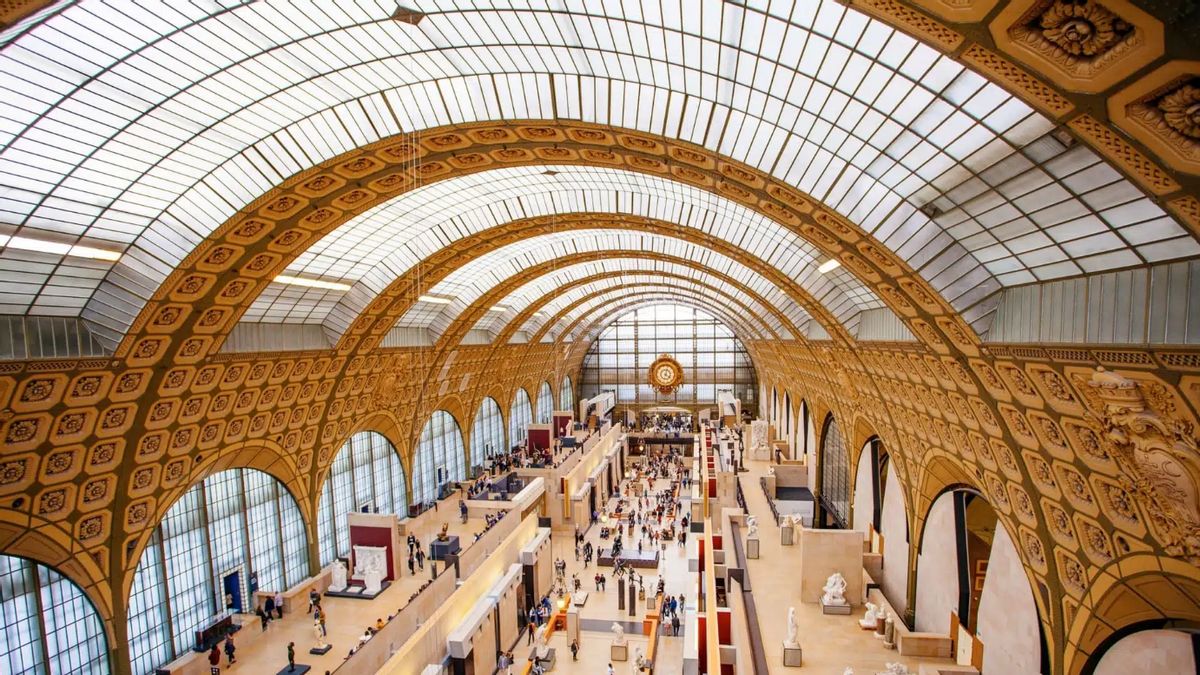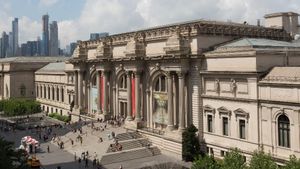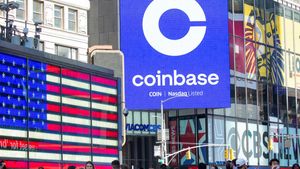JAKARTA - The Musée d'Orsay, home to one of the world's largest collections of impressionist and post-impressionist art masterpieces, has decided to try an innovative approach with blockchain technology and non-fungible tokens (NFT) to overcome challenges and attract visitors post the Covid-19 pandemic. 19.
2021 has been a difficult year for the museum, which has experienced a decline in visitor numbers due to restrictions imposed during the pandemic. The museum's development director, Guillaume Roux, expressed concern over the decline in visitors, especially from young people in France.
This situation began to change after Christophe Leribault became president of the museum and took steps to make the Musée d'Orsay more accessible to younger generations. One important step is collaborating with the Tezos Foundation, which is the pioneer of the Tezos blockchain. This collaboration will bring blockchain-enabled digital art and artists into dialogue with museum collections and exhibitions.
The upcoming exhibition, “Van Gogh in Auvers-sur-Oise: The Final Months,” which will open on October 3, 2023, will be the beginning of this partnership. Visitors attending the exhibition will be able to purchase digital souvenirs related to the exhibition in the form of NFTs.
One is an augmented reality work representing Vincent van Gogh's final palette, while the other is a digital artwork inspired by van Gogh, created by French blockchain culture project Keru.
اقرأ أيضا:
These works will be recorded on the Tezos blockchain and will have gamification elements that allow visitors to win prizes, such as lifetime passes to the Musée d'Orsay and invitations to special events. There are plans to sell around 2,300 NFTs of each type at a price of 20 euros (around IDR 327 thousand) per NFT.
In addition to this initiative, the Musée d'Orsay and the Tezos Foundation will host conferences and educational programs aimed at introducing visitors to blockchain technology and related topics.
The museum also plans to invite digital artists working with blockchain to create NFT collections inspired by their art collection, an initiative that is in line with emerging trends in the art world.
The Musée d'Orsay's move reflects an effort to remain relevant and attractive to a generation increasingly connected to technology. The museum believes that this innovation will help them communicate with new generations and continue to adapt to the times.
The English, Chinese, Japanese, Arabic, and French versions are automatically generated by the AI. So there may still be inaccuracies in translating, please always see Indonesian as our main language. (system supported by DigitalSiber.id)
















